In the rapidly evolving landscape of blockchain technology, the Avalanche network has emerged as a pinnacle of scalability, security, and versatility, appealing to developers and enterprises alike. At the heart of this cutting-edge platform lies the Avalanche Remote Procedure Call (RPC) API, a powerful tool that facilitates seamless interaction with the Avalanche network. This blog post aims to demystify the Avalanche RPC API for blockchain developers, Ethereum enthusiasts, and tech aficionados, providing insights into its functionalities, features, and how it stands as a crucial pillar within the decentralized finance (DeFi) and broader blockchain ecosystem.
I. Introduction to Avalanche RPC API
Avalanche is not just another blockchain; it’s a platform designed for custom blockchain networks, enabling a new wave of decentralized applications (DApps) and financial primitives. The role of RPC in blockchain technologies cannot be overstated. It acts as a bridge between various software components, allowing them to communicate seamlessly. The Avalanche RPC API extends this capability, offering an intuitive and efficient way to interact with the Avalanche network, execute transactions, manage wallets, deploy smart contracts, and much more.
II. Key Features of Avalanche RPC API
High Throughput and Scalability
A hallmark feature distinguishing the Avalanche RPC API from others is its unparalleled throughput and scalability. Designed to effortlessly manage a high volume of requests, this API ensures that performance remains stellar, even under heavy loads. This makes it an exemplary choice for applications that experience high demand, ensuring they run smoothly without any hitches.
Compatibility with Ethereum Virtual Machine (EVM)
One of the standout features of the Avalanche network is its seamless compatibility with the Ethereum Virtual Machine (EVM). This compatibility allows developers who are well-versed with Ethereum to easily migrate their projects to Avalanche or choose to run them on the Avalanche network for enhanced performance and significantly lower operational costs. The smooth transition and integration are facilitated through the Avalanche RPC API, which acts as a bridge between Ethereum-based applications and the Avalanche ecosystem, ensuring developers can leverage the best of both worlds.
Support for Multiple Custom Blockchains (Subnets)
Avalanche sets itself apart with its unique architecture that supports the creation of customized blockchains, known as subnets. These subnets allow for the development of blockchains that are tailor-made to meet the specific needs of various applications. The RPC API is crucial in managing these subnets, offering developers an unprecedented level of control and flexibility in their blockchain projects. This architecture not only enhances performance but also provides a customizable approach to blockchain development.
Enhanced Security Protocols
In the blockchain domain, ensuring the security of transactions and interactions is of utmost importance. The Avalanche RPC API is equipped with state-of-the-art security protocols designed to protect the network against a wide range of vulnerabilities and threats. These advanced measures ensure that developers and users can interact with the network with confidence, knowing that their transactions and data are safeguarded by robust security protocols.
III. Functionality of Avalanche RPC API
The Avalanche RPC API represents a significant advancement in blockchain technology, going far beyond just facilitating the sending and receiving of transactions. It equips developers with a robust set of tools that enable:
- The conducting of transactions and the management of wallets with unparalleled precision and ease, streamlining the process for both new and experienced users.
- The deployment and interaction with smart contracts, which unveils a vast realm of opportunities for developing decentralized applications (DApps) and creating innovative financial instruments that can revolutionize the way we think about finance and investments.
- Access to chain-specific data, including detailed information on blockchain events, which allows for comprehensive analysis and diligent monitoring of network activities, ensuring that developers and analysts can keep a pulse on the blockchain’s health and security.
- Real-time tracking of blockchain events, a critical feature that ensures applications built on the Avalanche network are always responsive and up-to-date, providing end-users with reliable and timely information.
- Connectivity with other blockchains, a groundbreaking feature that fosters a powerful and interconnected network of networks. This interconnectivity paves the way for seamless asset transfers, information sharing, and a level of interoperability that could significantly enhance the efficiency and utility of blockchain technology.
In essence, the Avalanche RPC API is not just a tool but a gateway to a more connected, efficient, and innovative blockchain ecosystem, offering developers the ability to build transformative solutions.
IV. Use Cases of Avalanche RPC API
The Avalanche RPC API offers a broad spectrum of applications, from the development of decentralized applications (DApps) to scaling blockchain solutions for large enterprises. Its versatility and robust feature set enable a wide range of use cases:
- Decentralized Applications (DApps): By utilizing the Avalanche RPC API, developers can create DApps that are not only fast and secure but also highly scalable. This makes it an ideal tool for building applications that require high throughput and security.
- DeFi Projects: The financial sector can greatly benefit from the API’s capabilities, as it simplifies the implementation of complex financial instruments. Developers in the DeFi space can use the API to create projects that are more accessible, secure, and efficient, pushing the boundaries of traditional finance.
- Enterprise Solutions: For businesses looking to integrate blockchain technology, the Avalanche RPC API is a game-changer. It allows for the scaling of blockchain solutions to meet enterprise-level demands without compromising on performance or security. This is crucial for companies that require blockchain applications to operate seamlessly at scale.
- Multi-Chain Ecosystems: In today’s blockchain landscape, interoperability and flexibility are key. The Avalanche RPC API facilitates integration with multi-chain ecosystems, enabling developers to build applications that can communicate across different blockchain networks. This opens up possibilities for more innovative and interconnected applications, further enhancing the utility of blockchain technology.
Through these applications, the Avalanche RPC API is setting a new standard for what is possible in the blockchain space, making it easier for developers and enterprises alike to harness the power of blockchain technology.
V. Getting Started with Avalanche RPC API
For developers keen on delving into the capabilities of the Avalanche RPC API, beginning the journey is remarkably straightforward. Establishing a developer environment is the first step, which necessitates connecting to an Avalanche network node. This connection process is simplified through a series of simple commands and requests, ensuring that developers of all skill levels can easily integrate into the Avalanche ecosystem. The official documentation of Avalanche serves as a treasure trove of information, offering an extensive array of resources, comprehensive guides, and innovative tools designed to assist both beginners and advanced developers in mastering the nuances of the Avalanche RPC API. This wealth of information ensures that developers have everything they need at their fingertips to explore, experiment, and excel in their projects using the Avalanche platform.
VI. Conclusion
The Avalanche RPC API is more than just a technical tool; it’s a gateway to innovation in the blockchain space. Its strategic importance lies in its ability to empower developers to build next-generation applications and services that push the boundaries of what’s possible in DeFi and beyond. As the Avalanche ecosystem continues to expand, the role of the Avalanche RPC API will undoubtedly grow, shaping the future of decentralized technologies.
FAQ Section about ‘Avalanche RPC API’
Below, find answers to some of the most common queries regarding the Avalanche RPC API:
1. What is the Avalanche RPC API, and how does it work?
The Avalanche RPC API is a set of protocols that enable developers to interact with the Avalanche network, facilitating communication between applications and the blockchain.
2. Can I use the Avalanche RPC API with existing Ethereum projects?
Yes, the Avalanche RPC API is fully compatible with Ethereum-based projects, allowing for smooth integration or migration.
3. What makes the Avalanche RPC API different from other blockchain APIs?
Its support for subnets, high throughput, and EVM compatibility set the Avalanche RPC API apart from other blockchain interfaces.
4. How do I start building on Avalanche using its RPC API?
Avalanche provides comprehensive documentation and resources for developers to get started with building on its platform using the RPC API.
5. Are there any limitations or challenges when using the Avalanche RPC API?
Like any API, developers may encounter challenges such as node connection issues or rate limits, but these can be navigated with proper planning and support.
6. Where can I find community support or additional resources on the Avalanche RPC API?
Developers can turn to Avalanche’s community forums, official documentation, and developer guides for support and additional resources on the Avalanche RPC API.
The Avalanche RPC API is a powerful catalyst for blockchain development, promising a future where Decentralized finance (DeFi) and blockchain applications reach their full potential. Whether you’re a seasoned developer or new to the blockchain scene, now is the time to explore the possibilities that Avalanche offers.

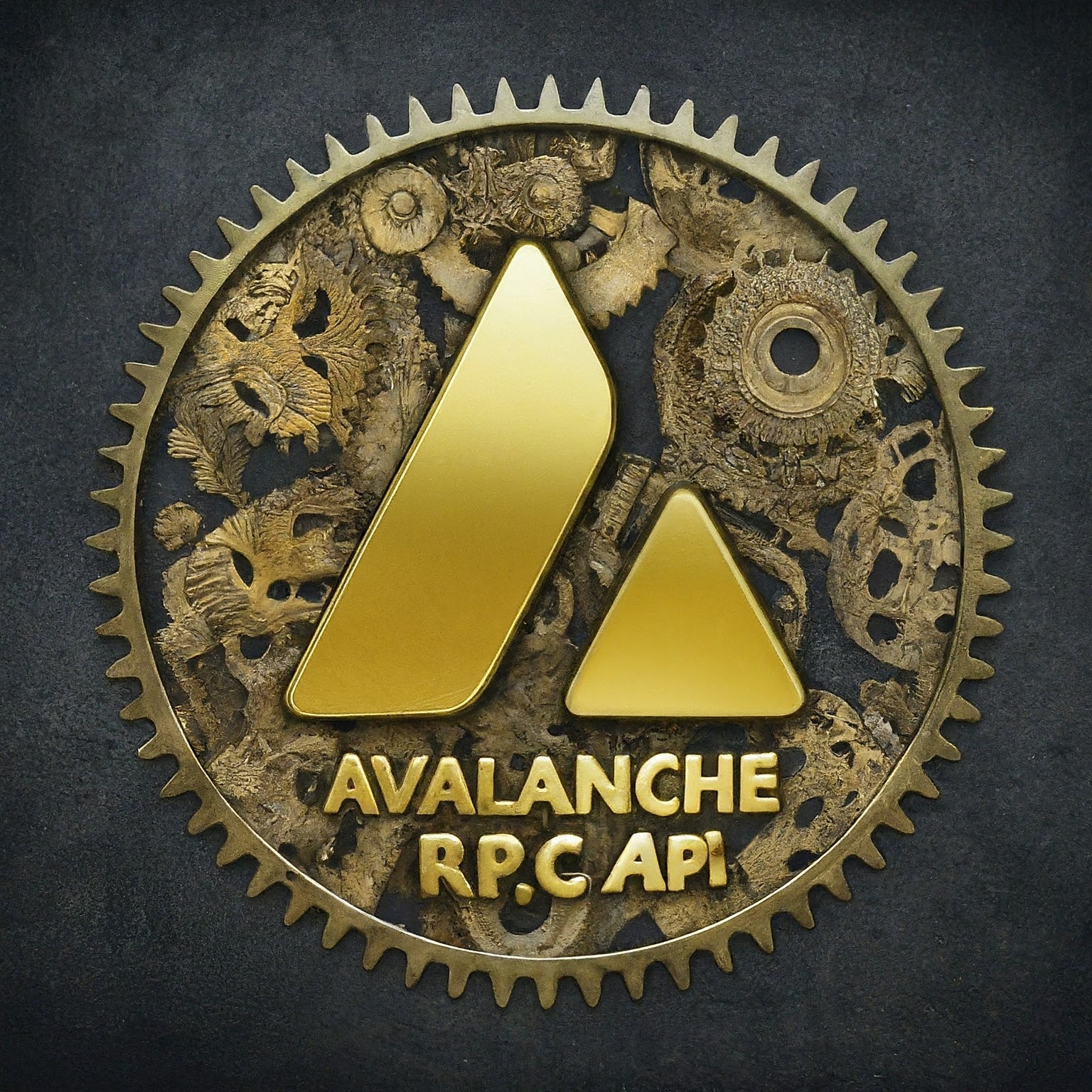

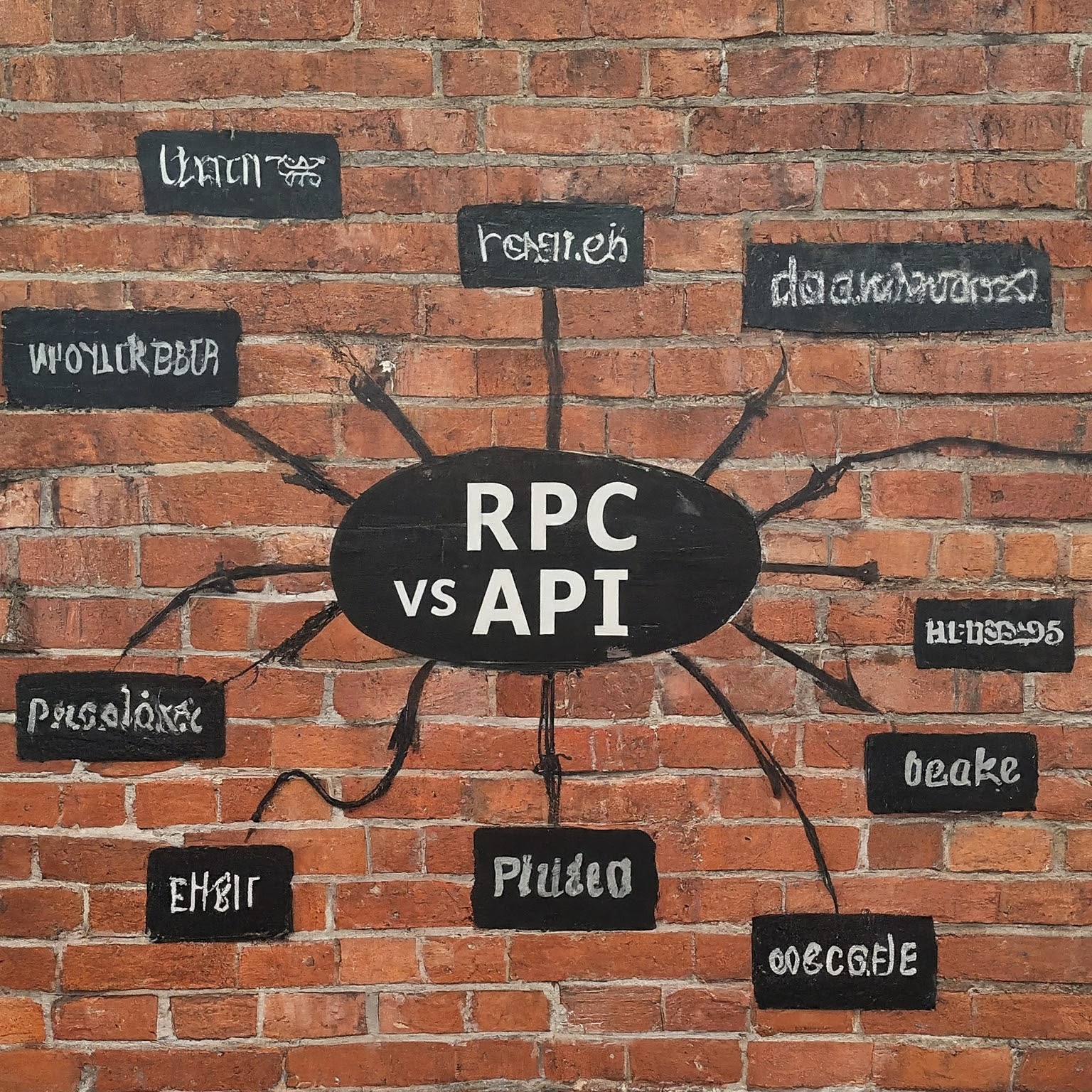
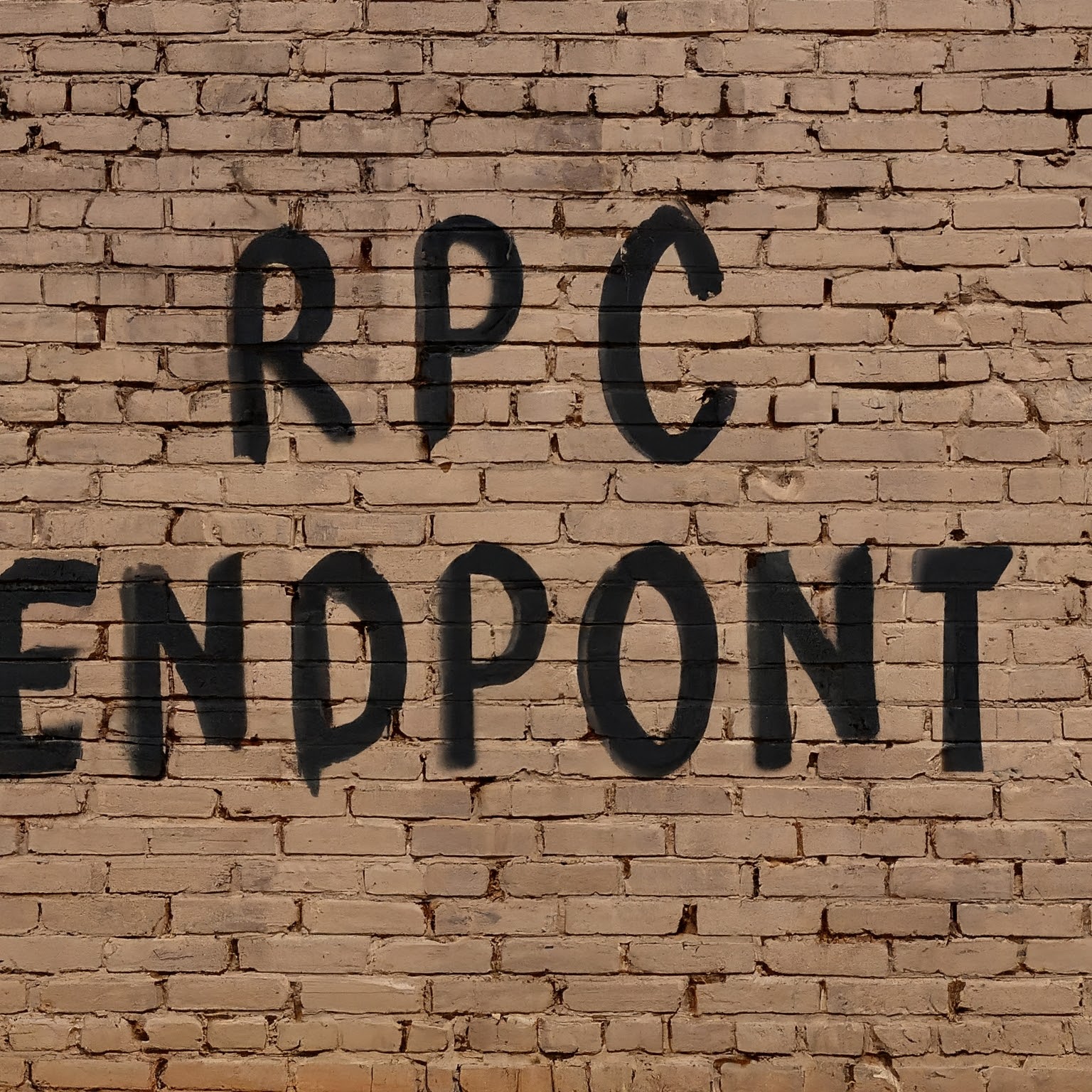

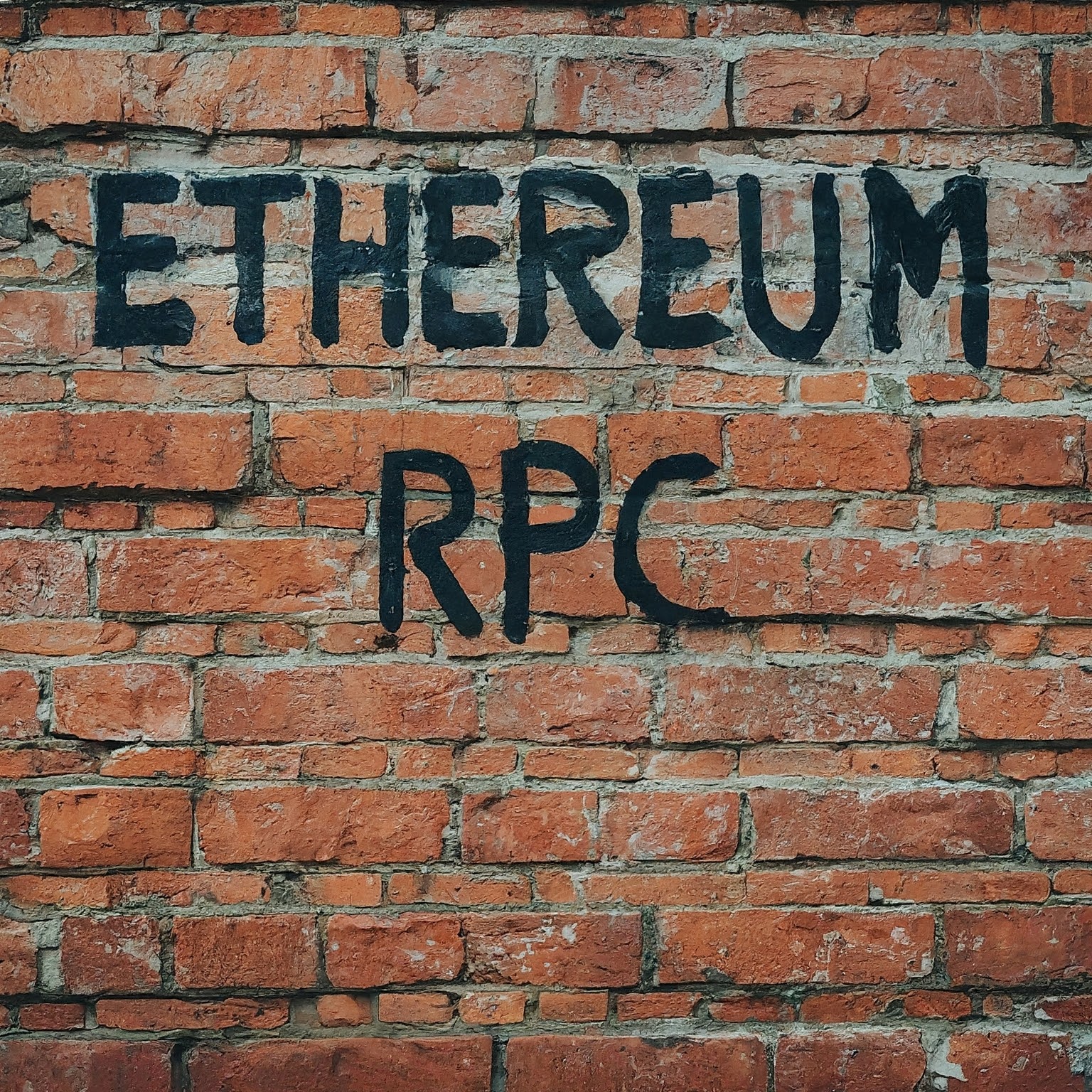

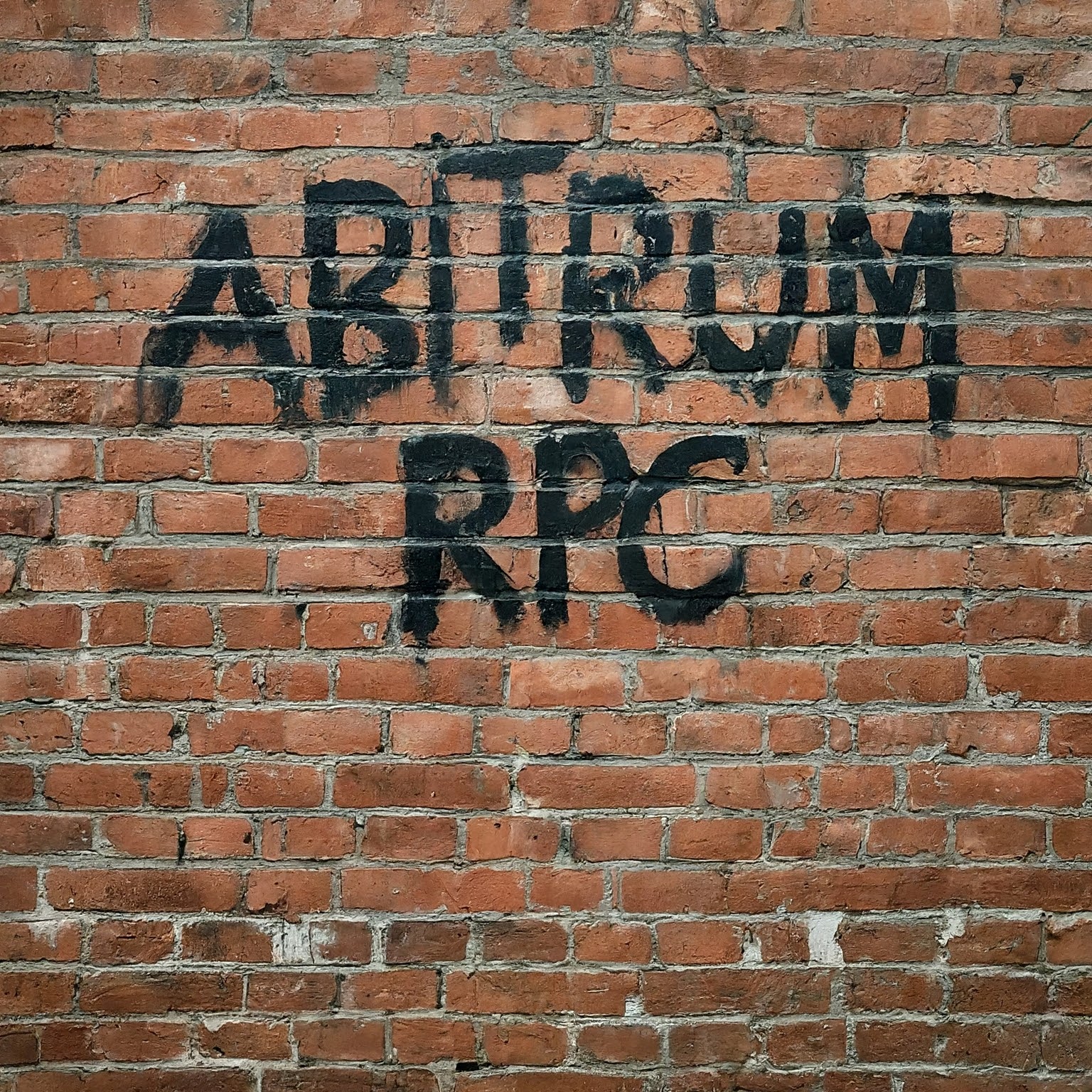

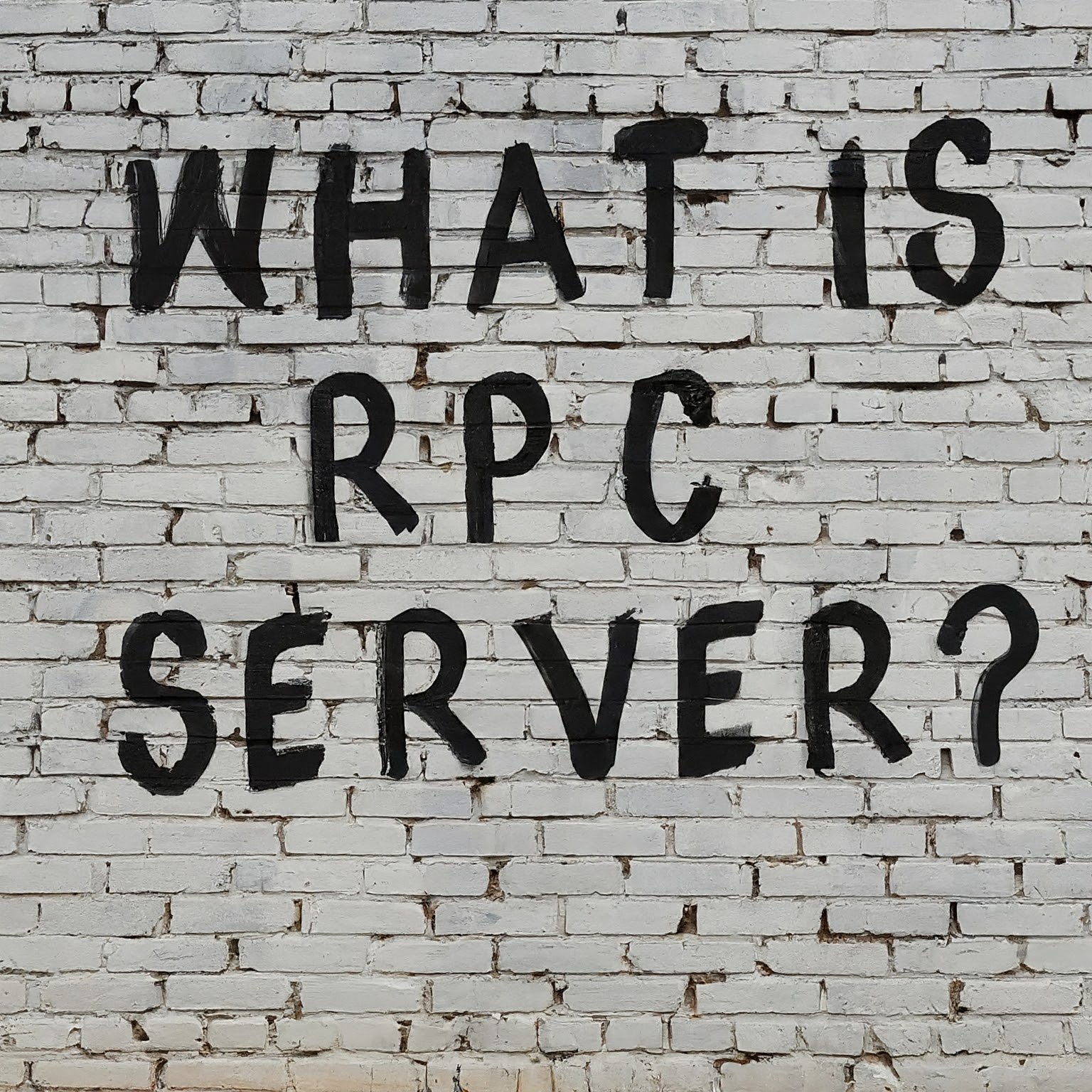

Leave a Reply
You must be logged in to post a comment.